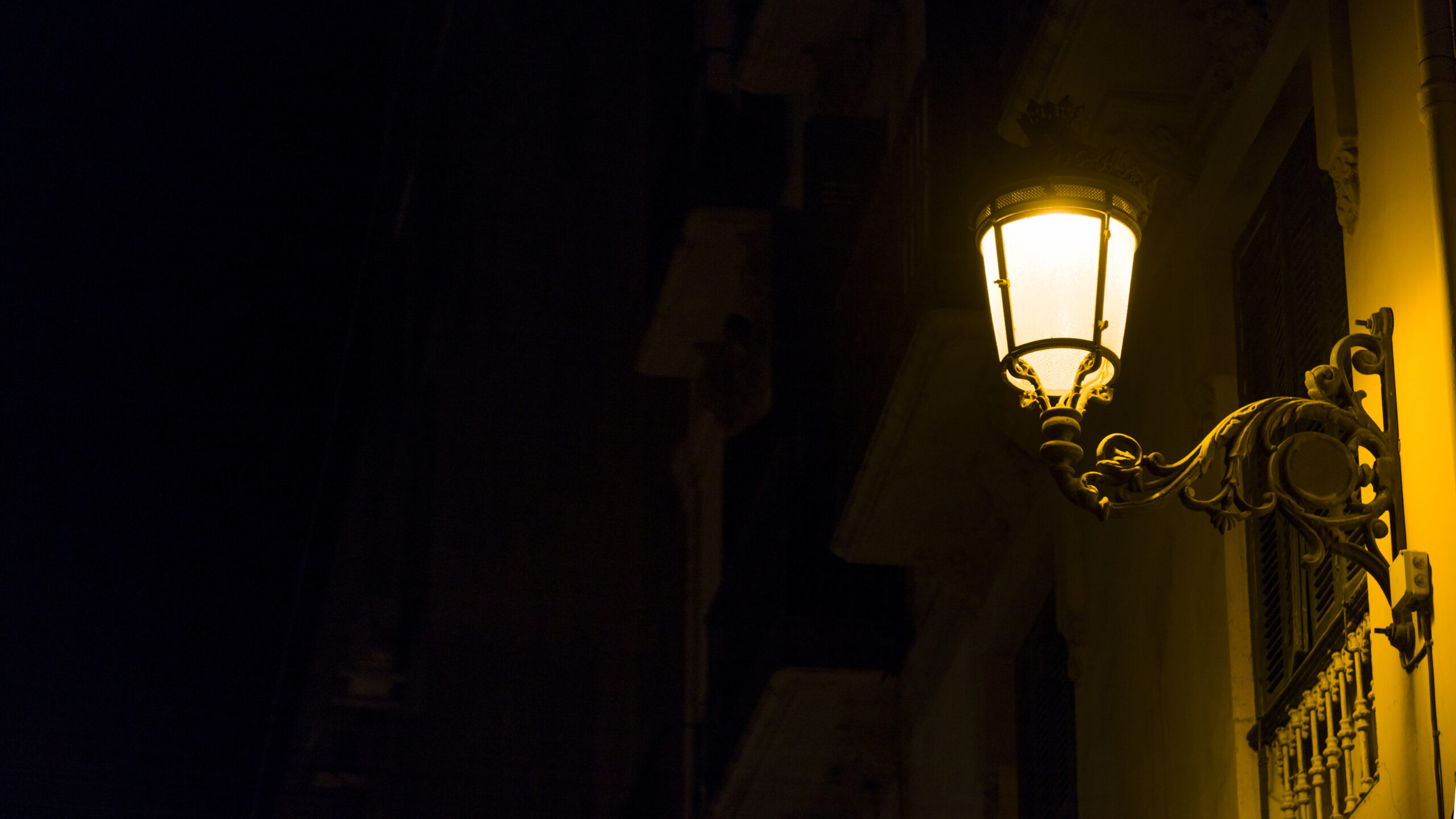Outdoor lighting plays a big part in commercial pest control. In fact, the wrong lighting can actually attract night-flying insects. Moths, beetles, and other night-flying insects are not only annoying, but can contaminate products, repel customers, and attract more pests.
When it comes to combating night-flying pests, performing a thorough light profile is critical. The right lighting scheme, paired with strategic methods and proper protocol, will significantly reduce the number of insects that gather around buildings and their entrances.
Light Profiling Tips
- Perform after sunset.
- Walk the entire perimeter of the building.
- Pay attention to the light mounting spots.
- Identify the type of lightbulbs used and the color of light they produce.
- Identify where interior lighting is visible from the exterior. These light leaks, like door cracks and missing weather seals, are a major source of insect attraction and allow pests to find their way inside.
- Make a note of which type of insects you are most frequently finding to help tailor your approach.
Once a thorough light profile has been completed, identify the necessary solutions required to mitigate the facility’s night-flying pest problem.
Below, we’ve outlined several solutions, including what type of bulbs should (and shouldn’t!) be used, as well as supplemental technologies and methods.
Bulbs
Choosing the right type of bulb is key. Below are the best and worst bulbs for insects:
Best
- Sodium vapor or halogen lights – These types of bulbs give off yellow, orange, or pinkish light that is less attractive to most night-flying, light-attracted pests. Any lights that have to be mounted on or in the immediate vicinity of the building should use these types of bulbs.
Worst
- Mercury vapor, fluorescent, black lights – These types of bulbs should not be mounted on the building itself. However, if they must be used make sure they are mounted away from the building because insects are attracted to the source of the light, and not where it illuminates.
While light color largely determines insect attractant, the heat a bulb gives off can also contribute, or at least help keep insects around. Whenever possible, use low-heat emitting, warm-hued bulbs around the facility.
Of course, when it comes to commercial pest control lighting, most facilities require more than the right kind of bulbs to reduce pest attractiveness and entry.
Integrated Pest Management Solutions
The right lighting solutions will depend on facility-specific environmental and aesthetic requirements. However, a robust program may include:
- Switching to bulbs that are not as attractive to insects.
- Mounting lights away from buildings and directing them toward the area that you want illuminated.
- Sealing cracks and ensuring complete weather sealing coverage around doors and windows using properly fitted door sweeps or astragal seals.
- Installing double doors and automatic closures. If you have a vestibule, consider installing a fan to blow toward the exterior.
- Installing air curtains, or “positive air flow,” that blow air out toward doors as they open. These will help eliminate the draft that can pull insects indoors.
- Installing interior insect light traps (ILTs) to catch insects that have found their way inside. If used, they must be installed in a way that there is absolutely no visibility to insects on the exterior.
Interested in learning more about pest management solutions protect your business? Visit our YouTube channel for pest-specific tips and tricks!
Feature photo by Freepik


